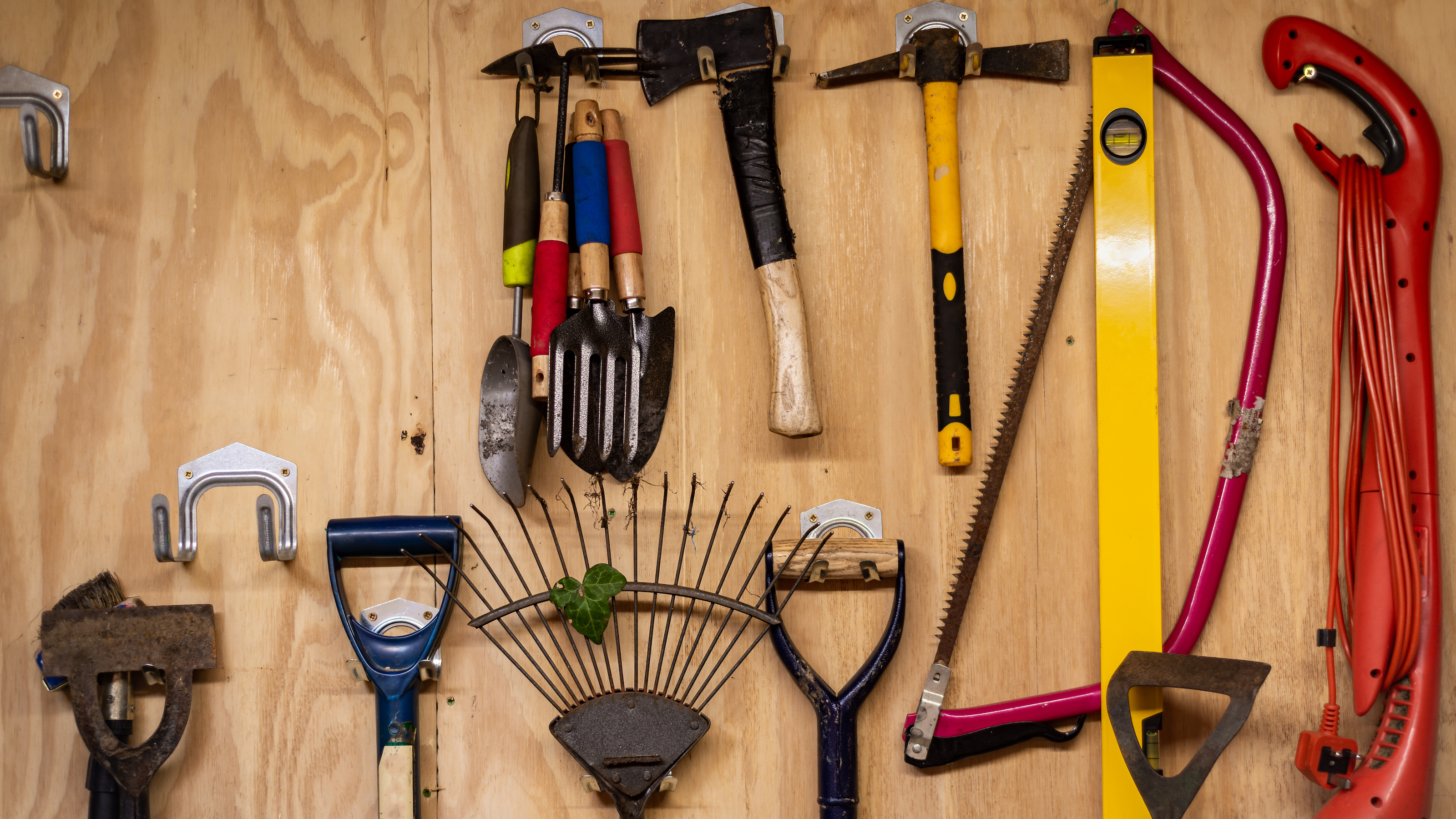Top DIY jobs to complete this month to get your home ready for Christmas
Get your house ready for guests with these simple and easy-to-tackle DIY jobs — sure to transform your house into a warm and inviting space in which to enjoy the festivities
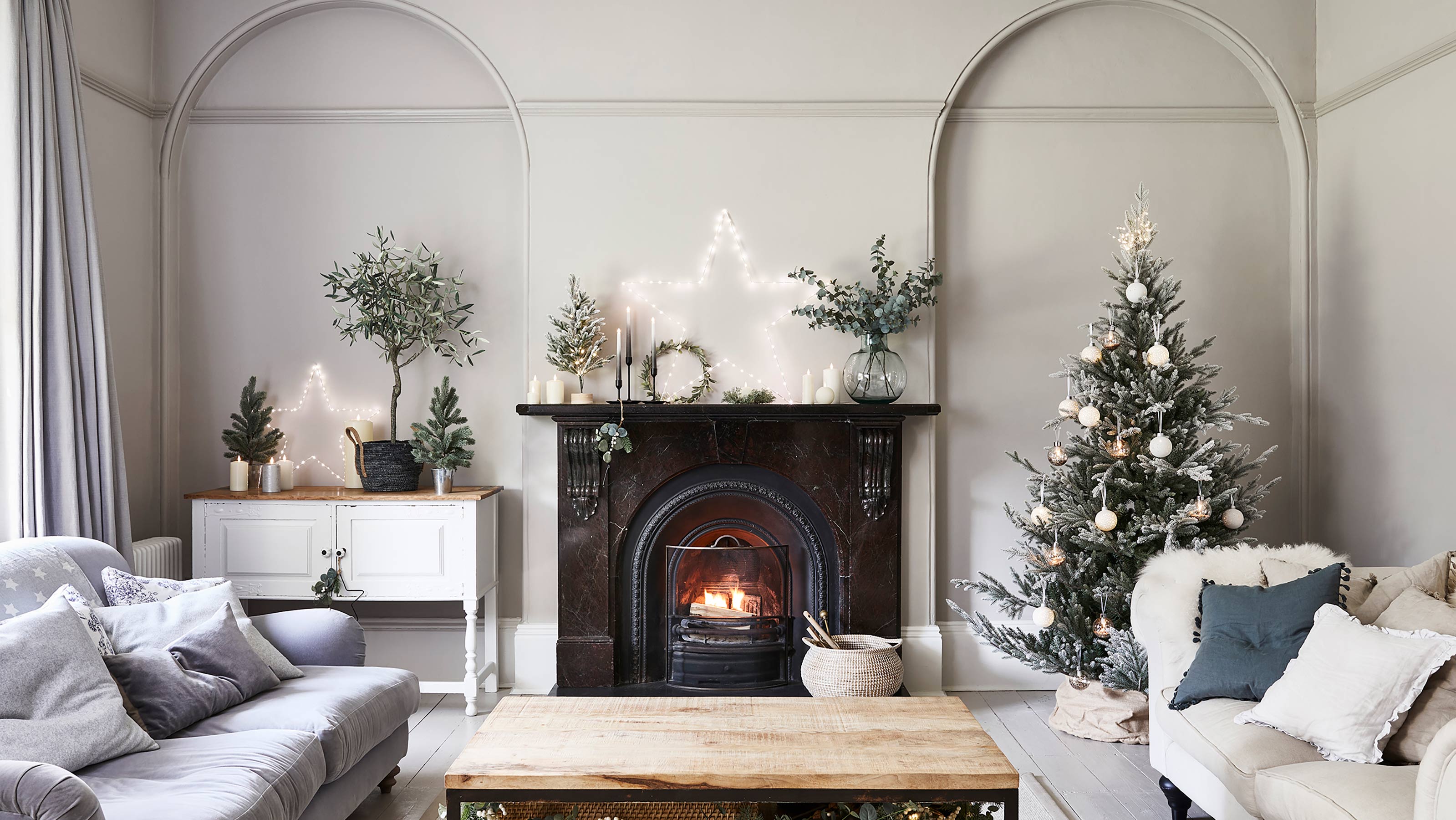
Whether you are welcoming guests into your home this Christmas or simply plan on celebrating quietly, getting your house feeling snug and welcoming will mean you can fully relax.
We take a look at the top 10 Christmas DIY jobs you might like to consider carrying out before the big day, from easy bathroom DIY to tasks that will ensure you aren’t left shivering should cold weather descend. We've also included a few quick updates to help make any festive hosting run a little smoother.
All these jobs are simple to carry out, with advice on where you can cut costs— expensive home improvements are on nobody's wish lists at this time of year. So without further ado, let's get prepped for the silly season with our handy Christmas DIY to do list, before sticking on a party hat.
1. Give your heating system a little MOT
Avoid a nightmare before Christmas by making sure your heating system is running efficiently before the cold weather really sets in. Sitting with your teeth chattering round the dinner table would definitely not be fun, but there are some easy steps you can take to avoid this scenario. First, check your boiler pressure.
“It’ll only take a couple of seconds and it could save you a lot of hassle,” says Andy Kerr, Founder at BOXT. “Examining your boiler’s pressure level is a must as it will give you a good idea of what state your heating is in. If the gauge is in the red zone (too high or too low), then your hot water and heating will cut off.
“Don’t panic, though — this can happen sometimes, and your pressure will simply need topping up.”
Next, give your radiators a little TLC and know what warning signs to look out for.
“Making sure your radiators are running efficiently is an easy way of avoiding wasted energy,” says Andy Kerr. “Firstly, carefully check to see if there are any cold spots on the radiators while your heating is turned on. If there are, then it means there is air trapped in the system, which leads to a reduction in efficiency. Find out how to bleed a radiator to release the air and get your heating system running more efficiently.”
And finally, be sure to book in a boiler service for the new year ahead — experts recommend an annual check.
2. Touch up the woodwork
Scuffs, marks and flaky paint on skirting boards, architrave and on door and window frames and cills can all create a sense of a home that needs a little DIY attention — and addressing these tatty spots can make the world of difference when it comes to how polished your house seems.
This is not a job that has to take ages or cost the earth either. The good news is that you can paint over gloss, but there are a few important steps to take first. “The shiny surface of the gloss doesn’t provide good adhesion for whatever paint you use over the top of gloss,” says Homebuilding & Renovating's DIY content editor Steve Jenkins. “The new paint will therefore chip easily and won’t look good for long. However, if the gloss paint you want to paint over is in very good condition and only recently painted, i.e. a few weeks/months ago, it should be OK. We still advise that you clean the paint with sugar soap first, and go over the surface with a fine grit sandpaper – 220 is good – before painting. This will give better adhesion for the paint.”
Chipped areas need special attention when it comes to sanding and it is advisable to use a thin layer of undercoat over any exposed areas of wood.
You could, of course, strip all existing gloss away and start again, but if you are running short on time, then the above steps should do the trick. Finally, repaint using satin or gloss for a hard-wearing finish.
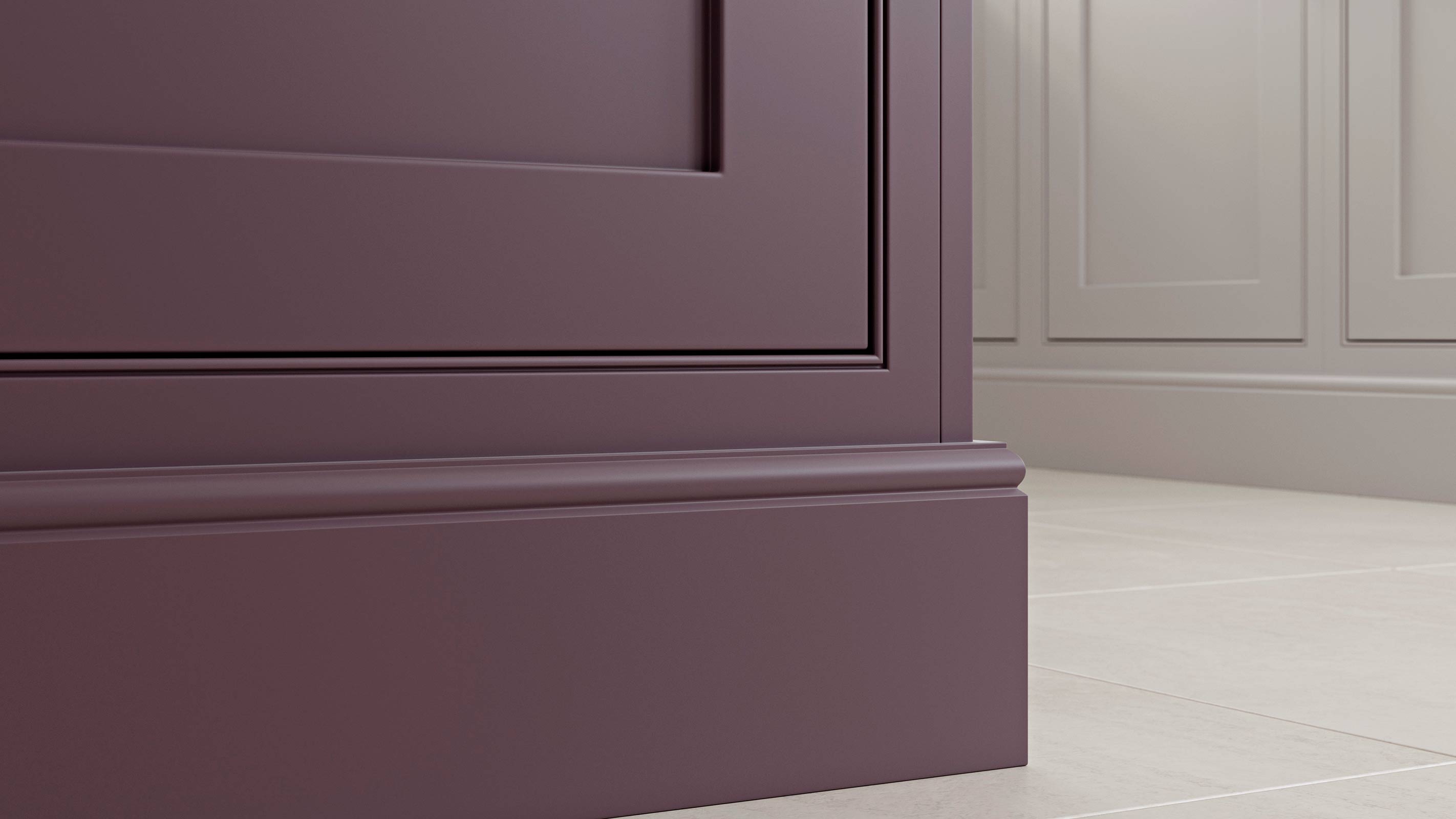
3. Upgrade your kitchen storage
If ever there was a time to rethink your kitchen storage ideas it has to be now, when you are likely to find yourself stocking up on far too much food in a pre-Christmas panic. If you have a few new small kitchen appliances on your wish-list this year (air fryer anyone?) you are also going to need to find somewhere to keep them once the wrapping is torn off.
Easy ways to incorporate more storage space into your existing kitchen include:
- Fitting drawers with dividers and pan organisers
- Using the ends of runs of units and islands for shelving
- Putting up some open shelving above worktops
- Fitting peg boards to the walls between worktops and wall units — useful for hanging utensils
- Installing carousel storage into corner units
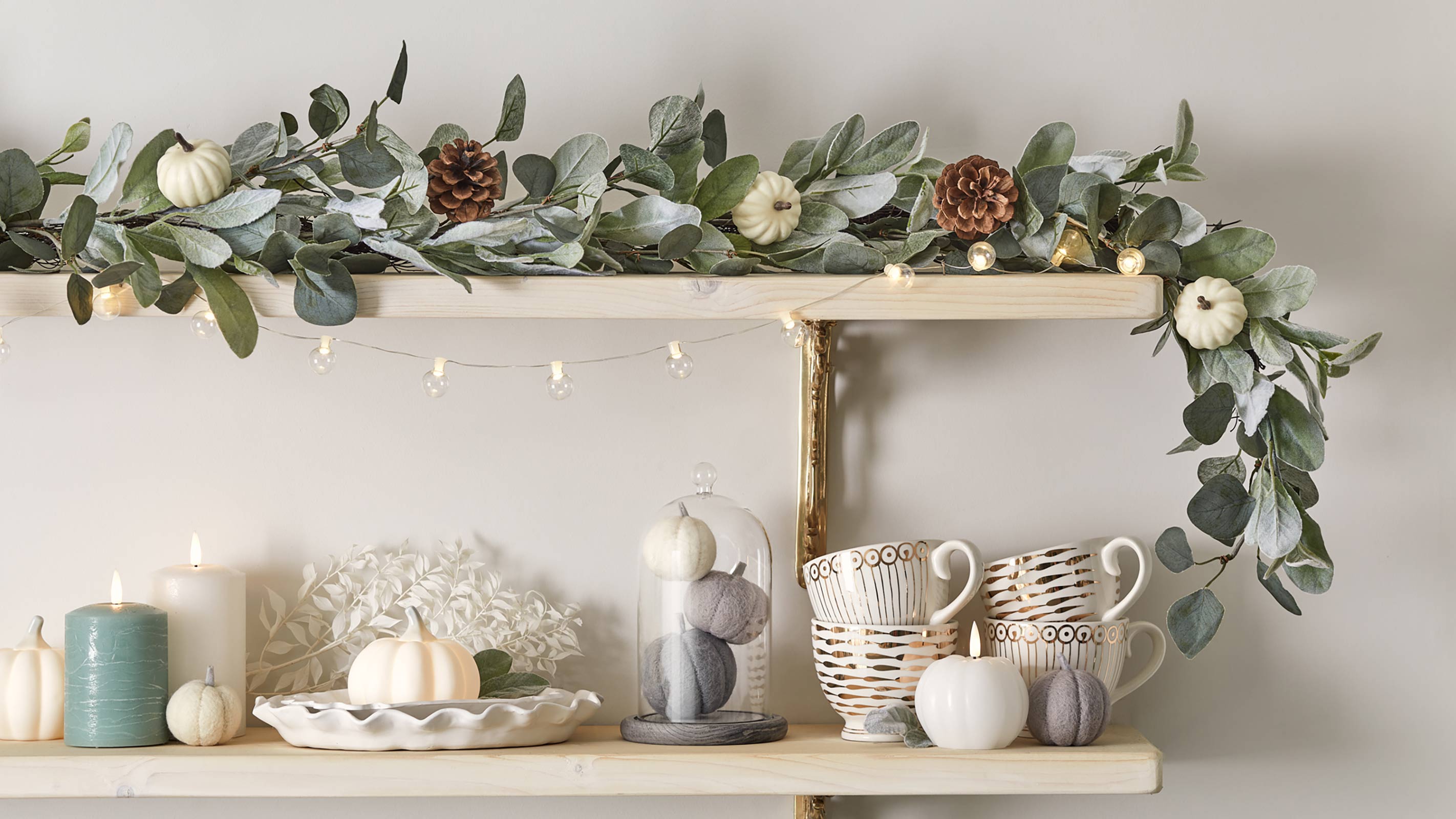
4. Clear out your gutters
Those leaves you saw swirling around in the air a few weeks ago had to go somewhere — and gutters are one of their favourite hiding places. Now is most definitely the right time to clear out gutters and drains at the base of your rainwater pipes. It isn’t just leaves that could leave them blocked — moss, dirt and other debris that has made its way down from your roof can also cause issues if not cleaned out. Should gutters become clogged, water is likely to overflow and find its way onto your external walls where it may lead to damp and eventually mould.
Arm yourself with a sturdy ladder, a bucket or container for the debris, gloves, gutter cleaning products and a hose. Most debris can simply be removed by hand, before washing down the now clear gutters with clean water from the hose. Check your downpipes and drains are clear too.
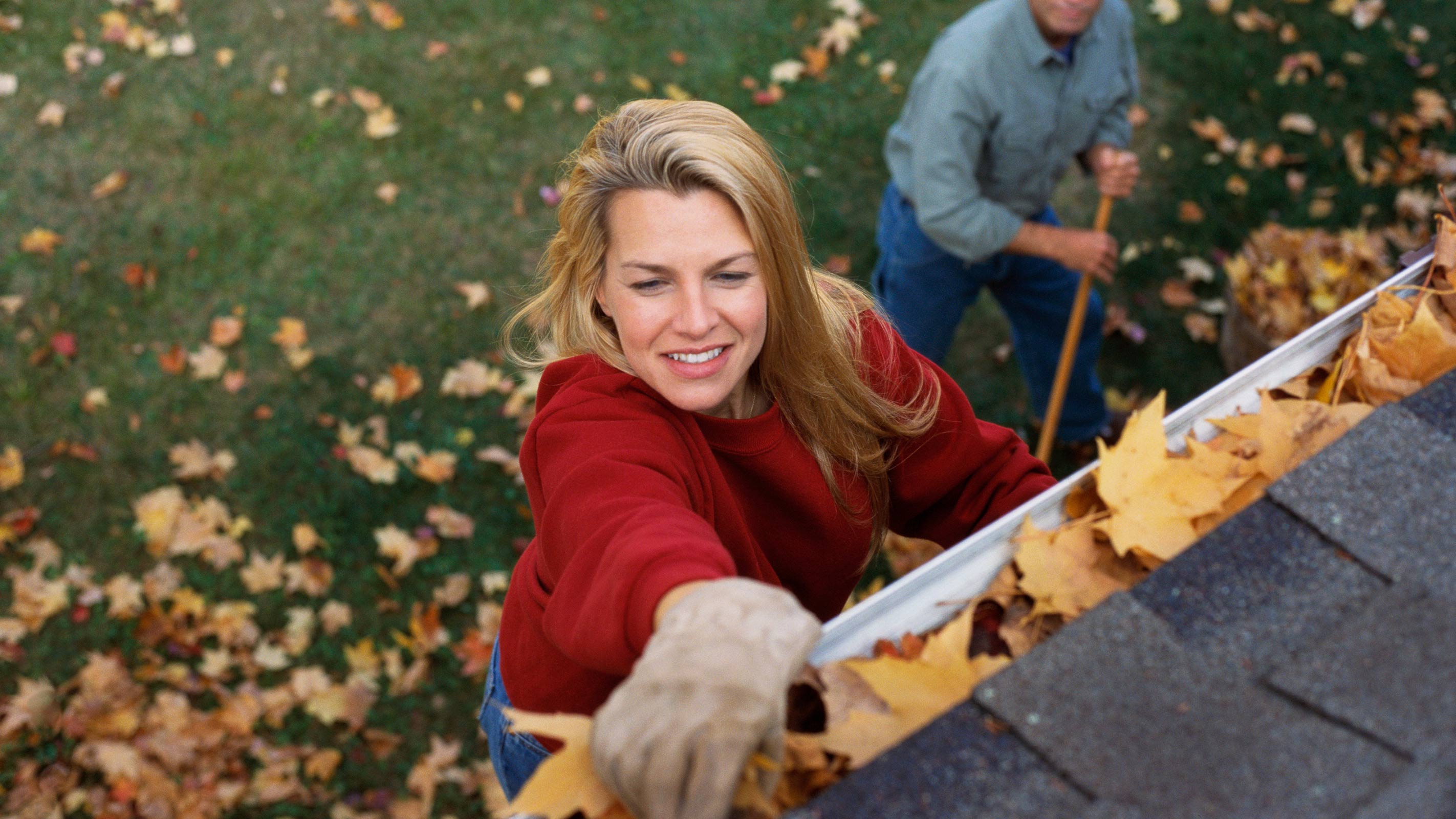
5. Lag those pipes
Insulating pipes will not only prevent your pipes from freezing should the weather take a turn for the worse — it could also reduce heat loss and save you a few pennies. This is a really easy job to carry out on a DIY basis yet it could not only stop pipes bursting but can also prevent condensation and damp, as well as quieting down noisy plumbing systems.
This is not an expensive job (rubber foam lagging can be picked up for as little as around £2-3 for a 1m length) and it is quick to carry out.
"Insulating pipes well is not only in the technique, but also can benefit from the products you buy," says Alex Beckwith, bathroom expert at Victorian Plumbing
"Phenolic foam is considered to be most efficient due to its density. Also, ensure you are using insulation tape when finishing off to keep your lagging sealed and working at its top form."
6. Insulate windows and doors
Without proper draught proofing, windows and doors can let in the cold and allow heat to escape — to ensure you home feels cosy and warm, it really does pay to upgrade their insulation.
Weather seals or weather stripping is an easy and quick way of insulating windows and doors — rolls of self-adhesive draught seal cost as little as £3 roll — check out this NAVK Self-adhesive foam tape from Amazon, costing just £8.99 for three rolls.
Brush seals, spring metal and v-strips will also seal up gaps. In addition, you might like to consider fitting window insulation film to the glass, switching thin curtains for heavy thermal curtains or blinds and, if you have single glazing, secondary glazing could make the world of difference.
7. Get your fireplace ready for Santa
If you are lucky enough to have a fireplace with a stove or open fire, then the pay off is that a certain amount of care and maintenance will be required to keep them working efficiently.
Those with log burning stoves should familiarise themselves with how to clean log burner glass and be sure to remove any build up of ash, check the baffle plate for sooty build up and ensure the rope seal around the doors is in good condition.
If you have an open fire, you should again keep it clear of any ash build up. In both cases, having your chimney swept at least once a year is vital.
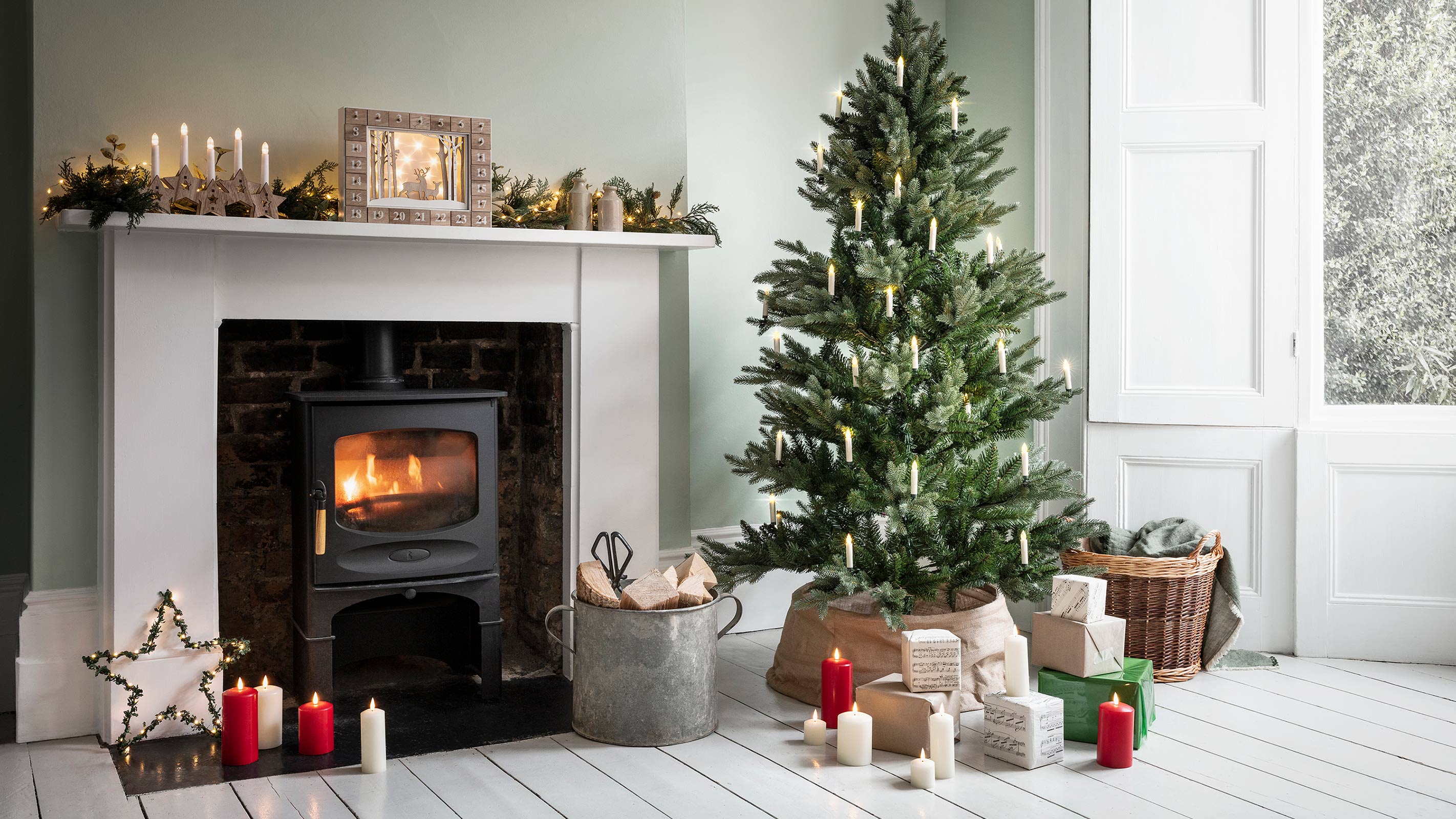
8. Power wash your paving
Winter-proofing your patio is really important for two reasons. Firstly, it can prevent your paving stones becoming damaged by cold weather and, secondly, it should stop it becoming dangerously slippery underfoot.
“You should make sure to clean and clear your stones throughout the winter, as regular cleaning will make them less slippery and protect the sealant,” explains Rowan Cripps, Paving Specialist and Founding Director at Infinite Paving. “The first step is to remove any fallen leaves or twigs before giving your paving a good sweep and washing it down. Some materials are also easier to clean than others. For example, sandstone paving stones are very low maintenance, often only requiring soapy water to rinse the slabs clean.”
Rowan goes on to explain that any cracks in the stones should also be filled to stop the penetration of water.
“You should be mindful of moss and mould in the winter,” says Rowan. “Moss often forms when you leave weeds, which then rot and become slippery. Left unchecked, this is likely to rapidly spread across your paving stones and become a significant problem, especially if the debris freezes, creating uneven and slick ridges which can lead to accidents.”
Providing your stones are suitable (not all natural stone will be), using one of the best pressure washers you can get your hands on should make light work of cleaning off your paving ready for standing out to catch a glimpse of Santa.
9. Clean bathroom grout
If you are welcoming guests into your home this festive season, you really want to make sure that the bathrooms they will be using are sparkling clean. Bathroom grout is one area that can be hard to keep looking pristine, yet cleaning grout can make all the difference to the overall look of a space.
There are several different methods you can use. Particularly popular at present are those techniques that avoid harsh and costly chemical cleaners.
“Mix 2 or 3 parts of the old favourite baking soda with water to create a paste,” suggests Homebuilding & Renovating's Steve Jenkins. “Apply the paste to the grout with a toothbrush. Now spray with distilled vinegar to activate the mixture and work in with an old toothbrush or a grout brush and rinse off with clean water when finished.”
Alternatively, use a specialist chemical grout cleaner or steam cleaner, if you have one. If you are really short on time, you could also consider carrying out a quick refresh using a product such as the Unibond Grout Reviver Pen from Amazon which costs just £4.75.
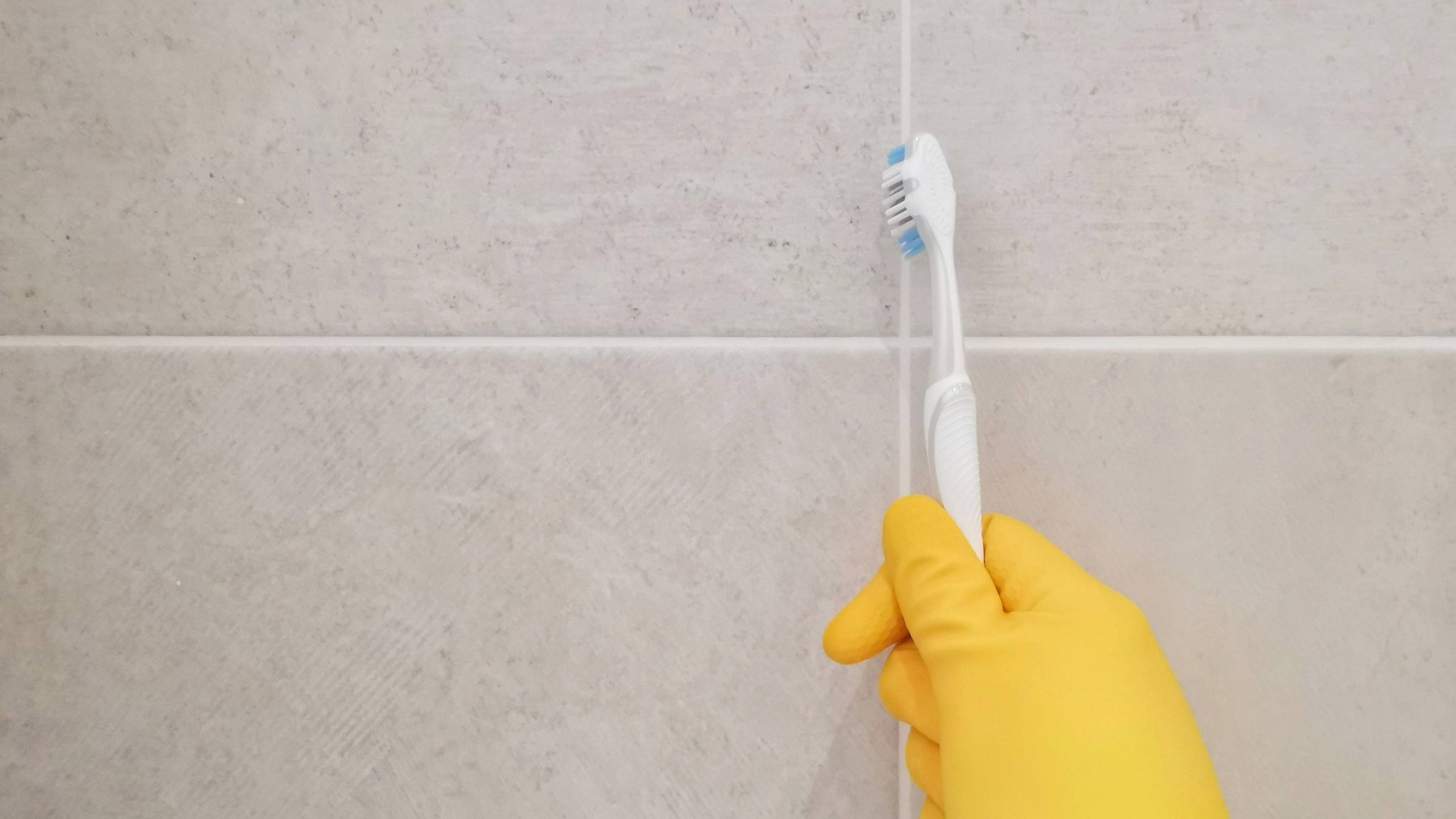
10. Address the smaller details…
And finally, don’t overlook some of the smaller snags you could put right before putting your feet up with a mince pie. Take a look at our quick checklist to see if you have missed anything:
- Check outdoor light bulbs are in working order to ensure a clear path to your house from your driveway
- Get hallway storage sorted with shoe racks and sturdy coat pegs — no-one wants to greet guests into a cluttered, chaotic space
- Clean out your washing machine — there is bound to be a tonne of laundry to get through once guests go home
- Clean any stains off carpets and rugs (you might need to find out how to get paint off carpet)
- Wash down your front door (sugar soap is a great way to do this) — you don’t want a dirty door ruining your stylish Christmas wreath
- Clean and oil wooden worktops where necessary to protect them from cooking splashes and spills
- Replace or fix cracked or loose toilet seats
- Consider giving your guest room a quick lick of fresh paint (opt for a low-VOC paint if you are doing it last minute to avoid nasty paint fumes)
Get the Homebuilding & Renovating Newsletter
Bring your dream home to life with expert advice, how to guides and design inspiration. Sign up for our newsletter and get two free tickets to a Homebuilding & Renovating Show near you.
Natasha was Homebuilding & Renovating’s Associate Content Editor and was a member of the Homebuilding team for over two decades. In her role on Homebuilding & Renovating she imparted her knowledge on a wide range of renovation topics, from window condensation to renovating bathrooms, to removing walls and adding an extension. She continues to write for Homebuilding on these topics, and more. An experienced journalist and renovation expert, she also writes for a number of other homes titles, including Homes & Gardens and Ideal Homes. Over the years Natasha has renovated and carried out a side extension to a Victorian terrace. She is currently living in the rural Edwardian cottage she renovated and extended on a largely DIY basis, living on site for the duration of the project.

